I posted something analogous on PT two weeks ago. For the record and to help those of you who are interested in buying Sonnets, here are some boxes that are clearly associated with fake pens Sonnets. If you open the photos in a separate window you will get them full size.
Here are two common fake Parker boxes. You see them all the time on ebay. The photos are directly from e-bay auctions. You can easily find it there :( . If you see it, run away ...
Below is a comparison of a similar genuine and a fake Sonnet pen box. I am not sure if my photos show the whole story. The genuine is on the top and the fake is at the bottom. The texture of the genuine is uniform and dotty. The fake has air bubbles under the paper, and a woody surface. My description is weak but if you have a modern Waterman box (for which I have not seen fakes yet) compare it with your Parker box.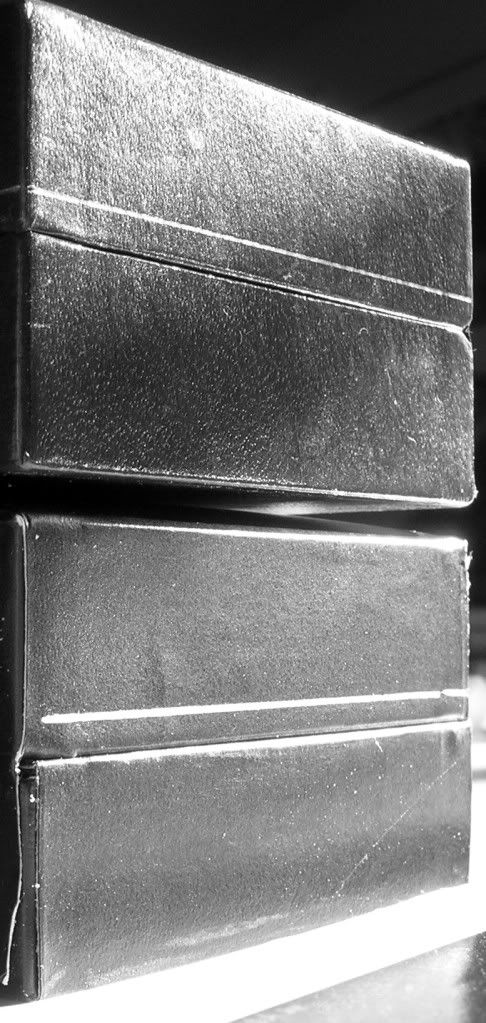
GENUINE (top) versus FAKE (bottom)
The following two photos are genuine Parker boxes (courtesy of Jean-Michel Lewertowski). Note the ® mark next to Parker.
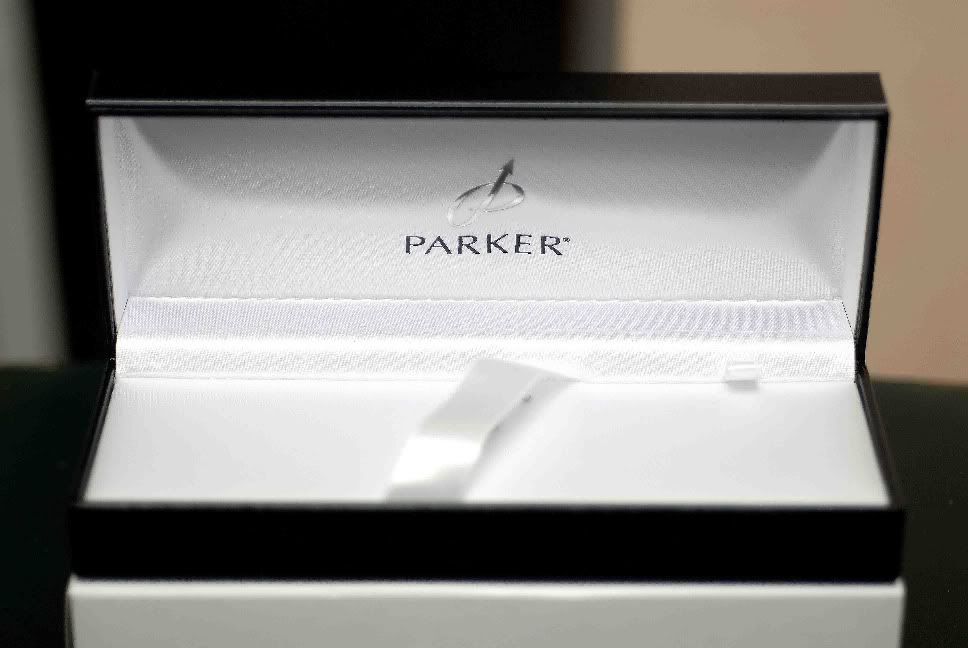 GENUINE
GENUINE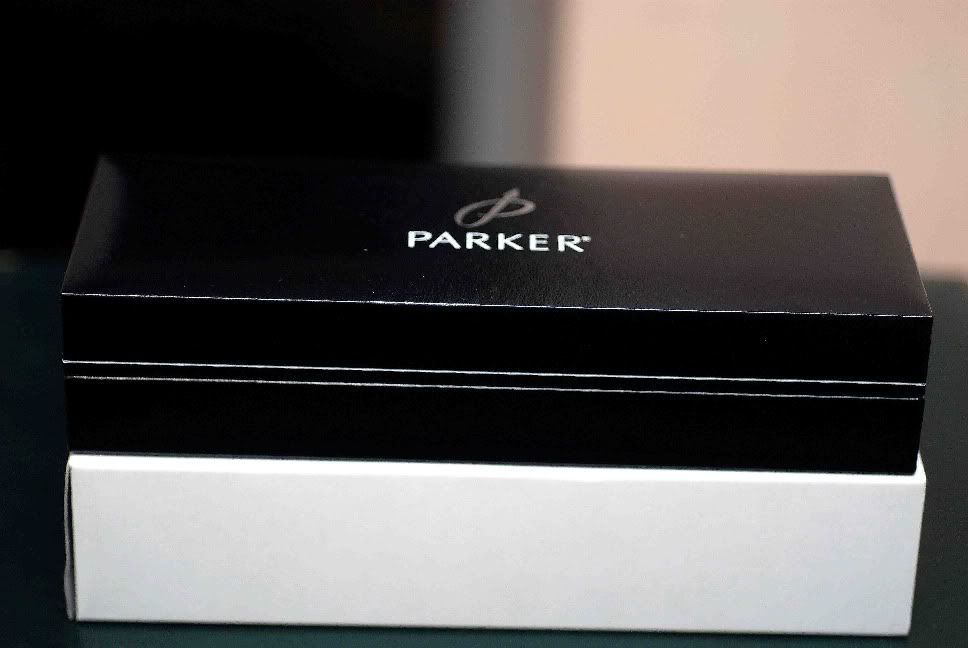 GENUINE
GENUINE
The following two photos are fake Parker boxes: FAKE
FAKE FAKE
FAKE
The following are examples of genuine Sonnet boxes:
Genuine Cisele 1994. Box marked made in Holland.
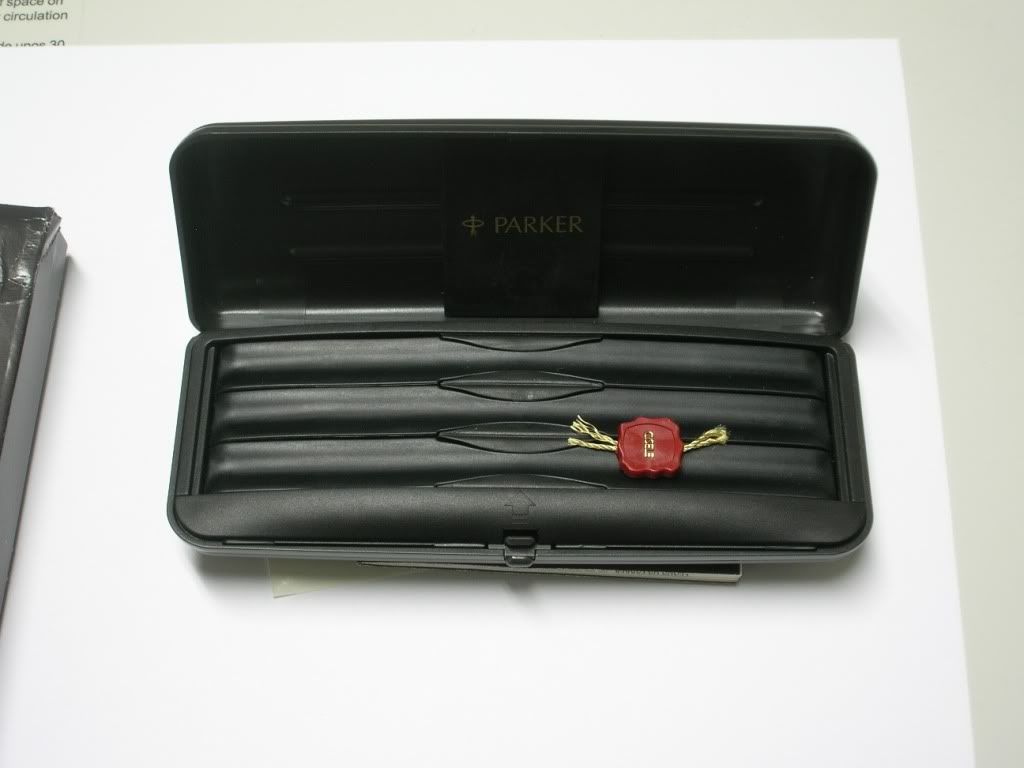
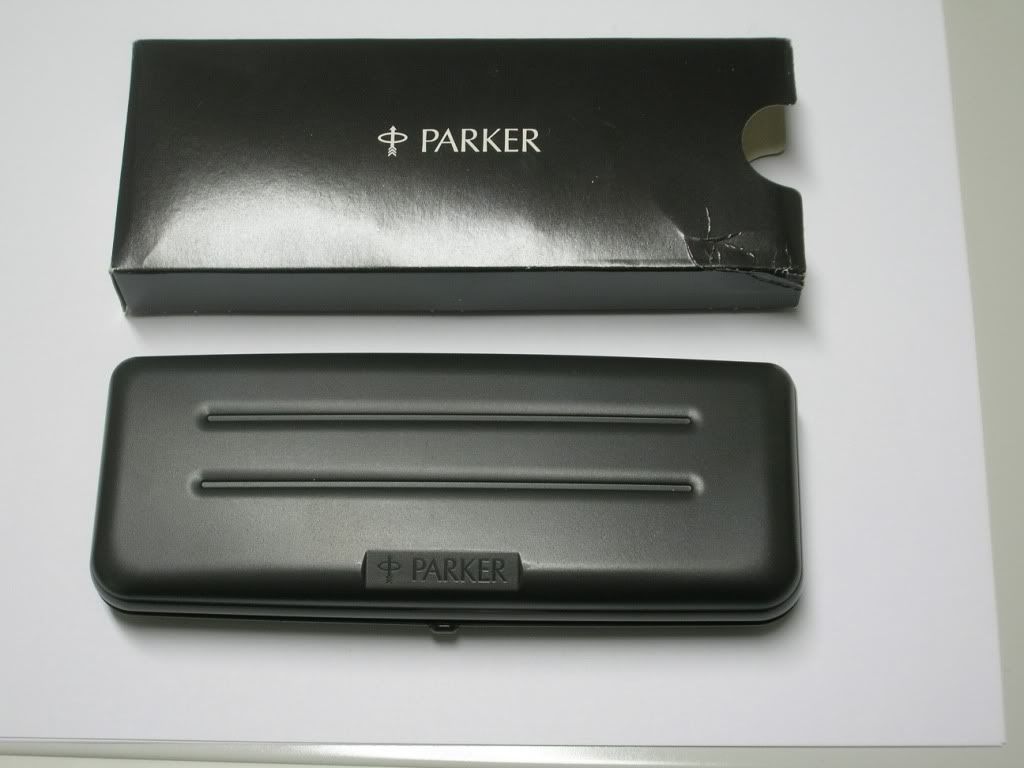
Genuine Sonnet mid 90s.

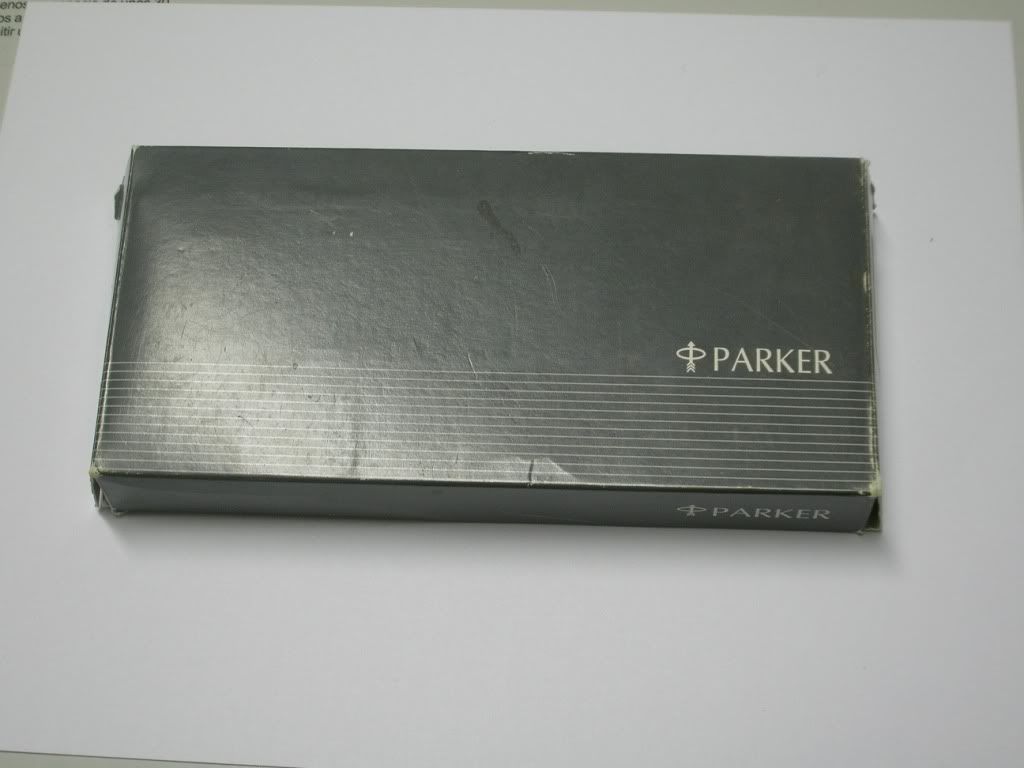
Genuine Sonnet 2004-05
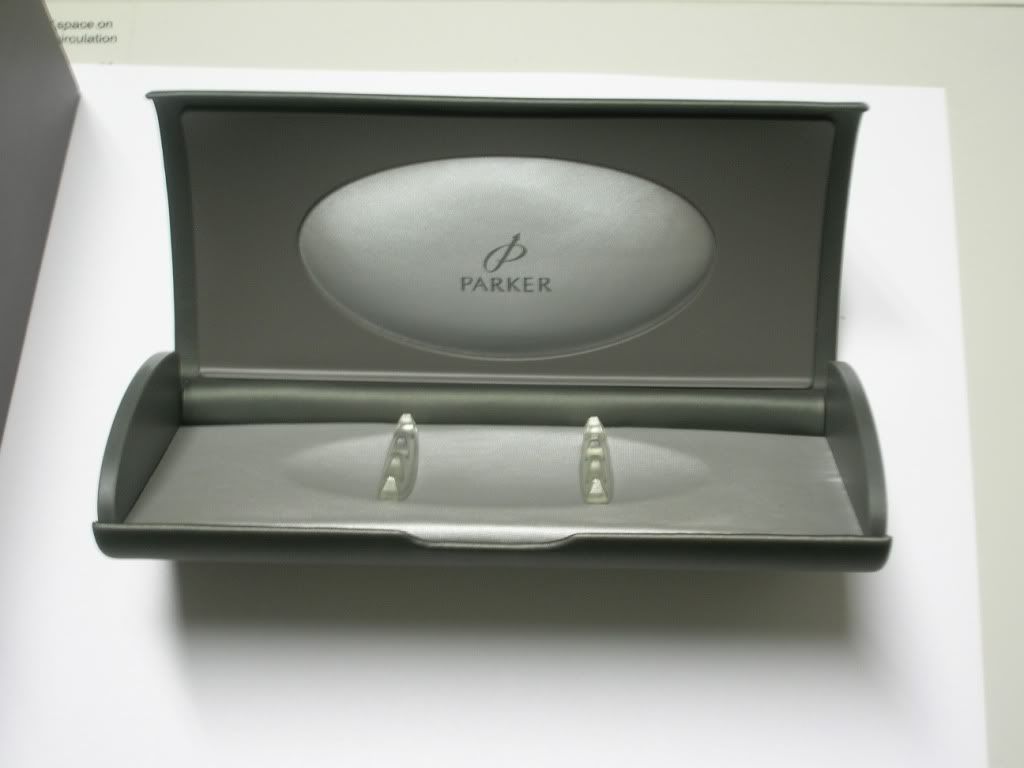
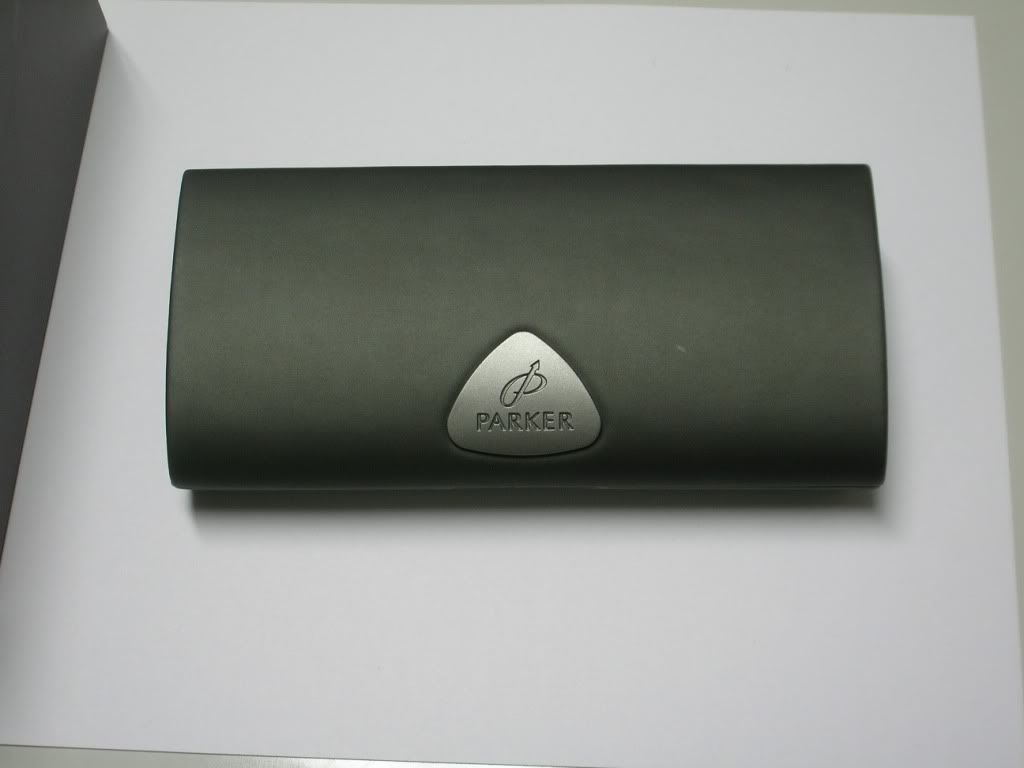




1 comment:
I would encourage you to add this information in to the "Identifying Fakes" section of the Parker Sonnet entry at Penpedia: http://penpedia.com/wiki/Parker_Sonnet
It would be extremely valuable!
Post a Comment